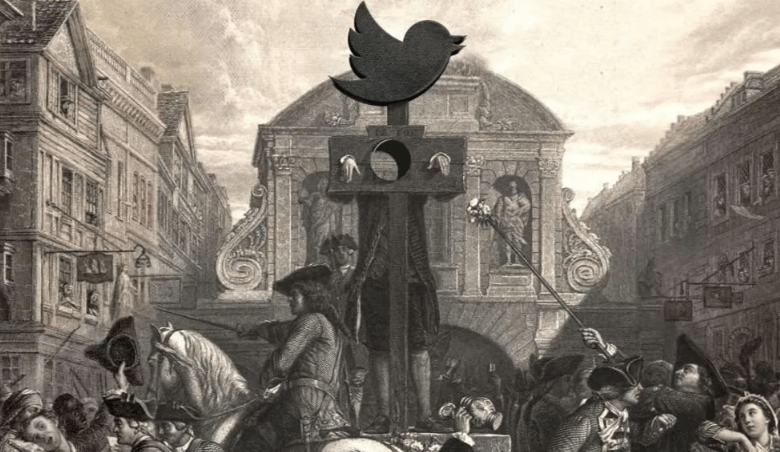Drawing:5dgppd-Fllm= Scarlet Letter

Drawing:5dgppd-Fllm= Scarlet Letter often yields profound insights into the human experience, as exemplified in . This artistic endeavor not only echoes the emotional depth of Hawthorne’s narrative but also challenges viewers to reconsider the implications of sin and societal norms. By examining the symbolic representations of Hester Prynne and Dimmesdale, one can uncover layers of meaning that resonate with modern dilemmas. This exploration raises important questions about the role of art in interpreting moral complexities—questions that merit further contemplation.
Overview of The Scarlet Letter
Exploring the intricate themes and characters in Nathaniel Hawthorne’s “The Scarlet Letter” reveals its enduring relevance and complexity.
Set against a Puritanical historical context, the novel delves into character analysis, particularly of Hester Prynne and Dimmesdale.
Their struggles with societal norms and personal integrity highlight the conflicts between individuality and conformity, illuminating the human condition and the quest for freedom in a restrictive society.
Artistic Interpretations of Themes
Artistic interpretations of the themes in Nathaniel Hawthorne’s “The Scarlet Letter” serve as a vital lens through which the novel’s complex moral and psychological landscapes can be examined.
Through symbolic representation, artists capture the profound emotional resonance of sin, guilt, and redemption, inviting audiences to explore the intricate dynamics between individual freedom and societal constraints.
Ultimately, this artistic exploration enriches the understanding of Hawthorne’s timeless narrative.
The Role of Visual Art
Visual art serves as a pivotal conduit for interpreting the layered narratives within “The Scarlet Letter,” enabling a multifaceted exploration of its themes.
Through symbolic imagery, artists encapsulate the tension between sin and redemption, while emotional expression evokes the characters’ internal struggles.
This interplay not only enriches our understanding of Hawthorne’s work but also invites viewers to engage with its profound moral complexities.
Read Also Blue:Huhwnpdnyc8= Flowers
Engaging With the Narrative
Engaging with the narrative of “The Scarlet Letter” requires an active participation that transcends mere reading; it invites a deep contemplation of its characters and their moral dilemmas.
The intricate character development of Hester Prynne and Dimmesdale challenges societal norms, while narrative symbolism, such as the scarlet letter itself, underscores themes of sin and redemption, prompting readers to reflect on their own values and judgments.
Conclusion
The visual representation of Drawing:5dgppd-Fllm= Scarlet Letter transcends time, illuminating the enduring struggles of Hester Prynne and Dimmesdale in a manner reminiscent of modern societal dilemmas. Through the lens of artistic interpretation, the intricate themes of sin, guilt, and societal judgment are brought to life, fostering a profound connection to the narrative. In an era dominated by social media scrutiny, the timeless conflict between individuality and conformity remains strikingly relevant, inviting contemplation of human experience across centuries.






